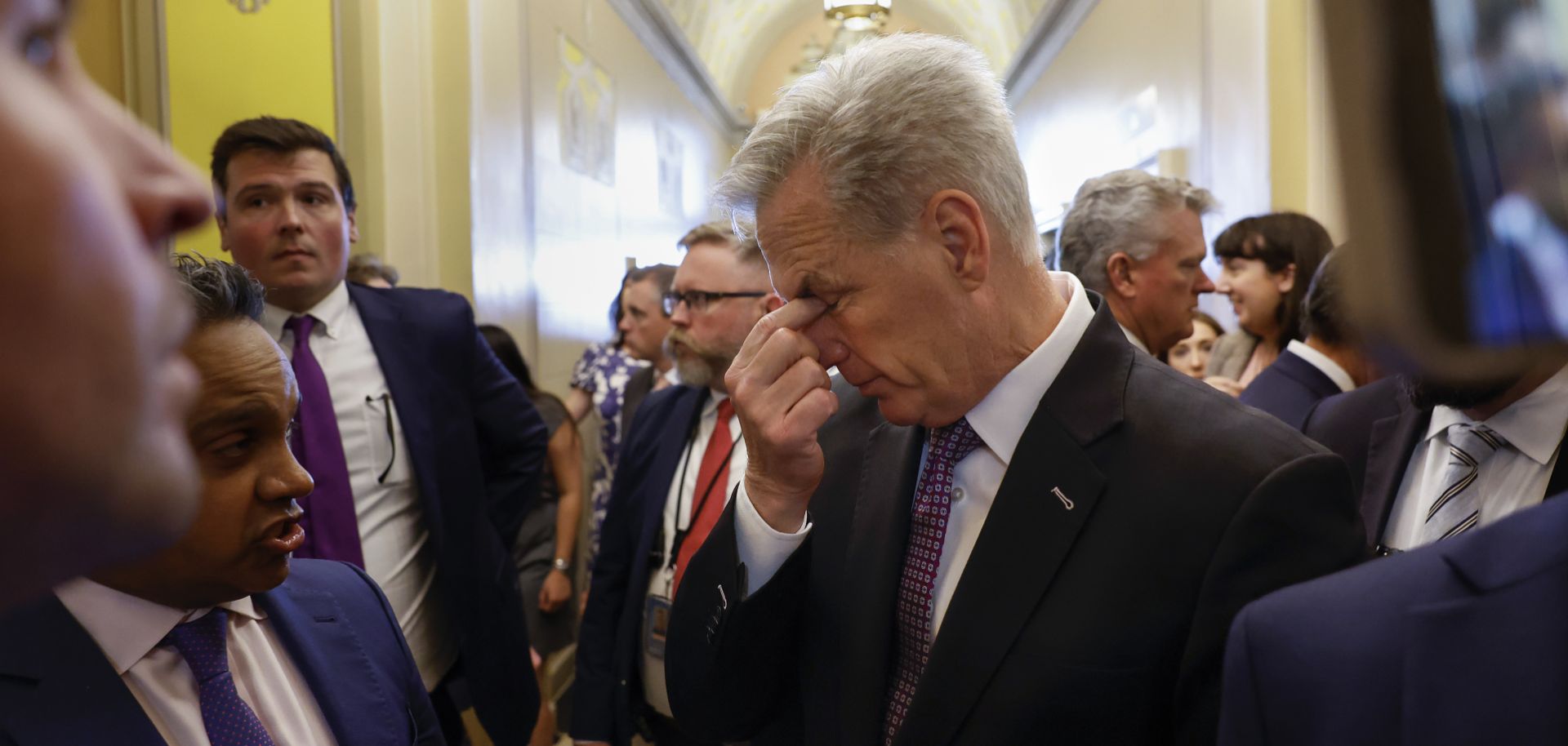As June 1 approaches, the day the Treasury is projected to exhaust its so-called extraordinary measures and become unable to meet all its payment obligations, the risk of financial market volatility and a U.S. government default will increase -- even if such a scenario would not fundamentally threaten the U.S. dollar's role as an international currency, provided the default proves short-lived. After hitting the debt limit in January, the Treasury has relied on extraordinary measures that allow it to service all its payment obligations without issuing additional debt. But the Treasury may soon exhaust those measures, which could see the U.S. government enter a technical default as early as June 1, unless both chambers of Congress agree to either raise or suspend the debt ceiling. On April 26, the Republican-controlled House of Representatives passed a bill that ties a one-year extension of the debt ceiling to capping budgetary spending and...

